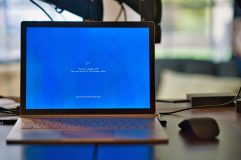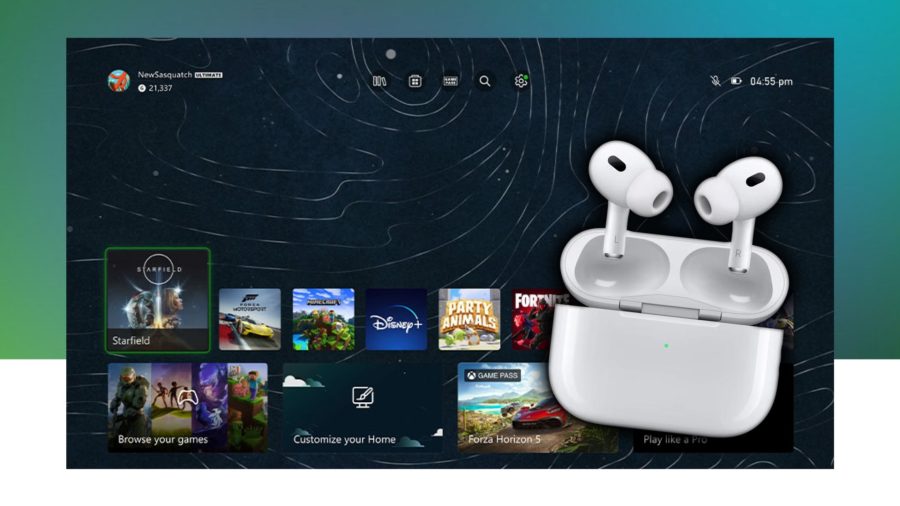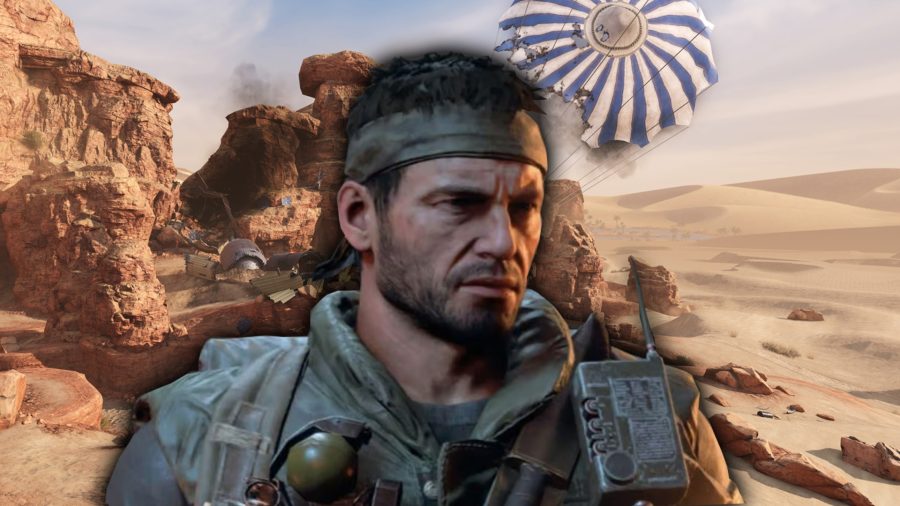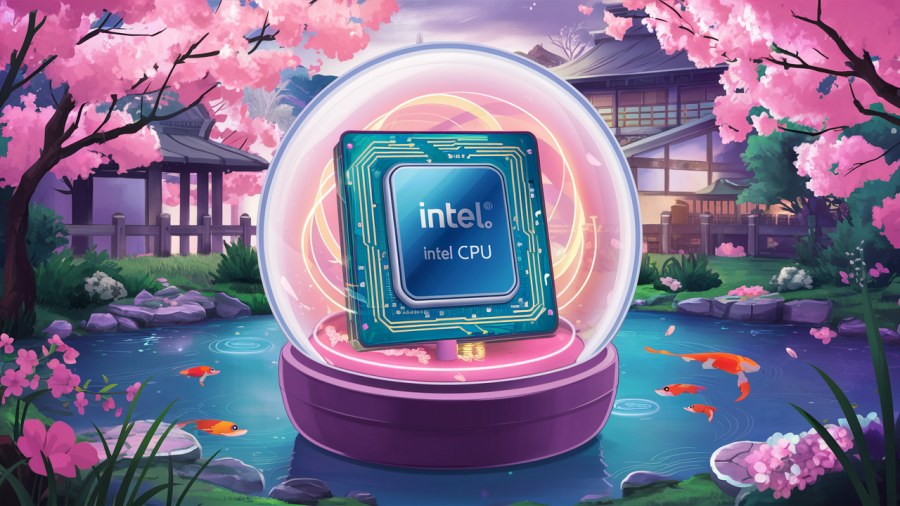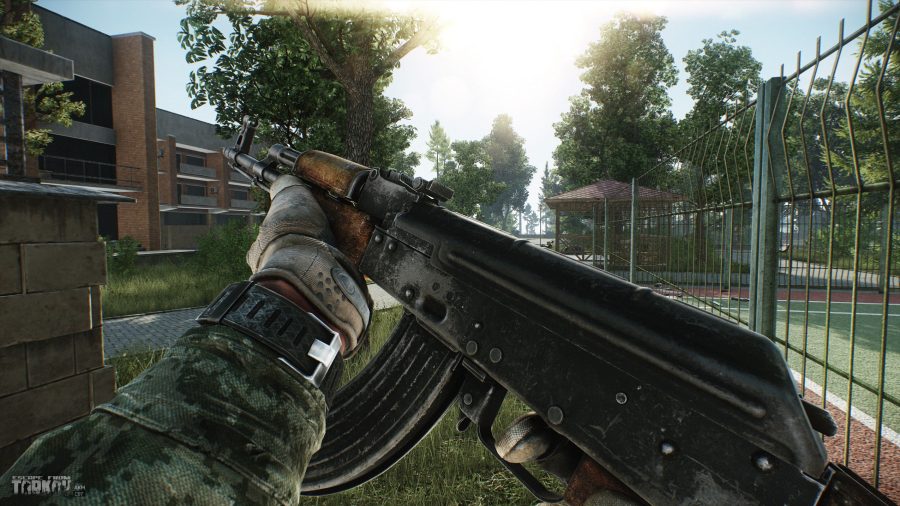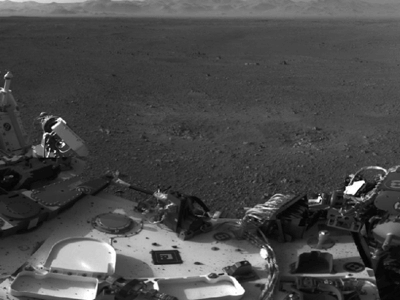
We can take it to Mars but when we get there, the pictures we take – suck.
Whenever we leave Earth, we pack the computing power equivalent of a canteen of water. That’s right, a whole 32 ounce canteen. Less than a 7-11 Big Gulp.
The Mars Rover is no exception. Yes, the one ton, $2.5 billion Curiosity is capable of traveling millions of miles into space and surviving the “seven minutes of terror,” but with a two megapixel camera, a low power computer chip, and only 4.5 gigabytes of data storage, your average smartphone can take better pictures. Much better pictures. Let’s put it like this: your memory stick on your computer has more data storage space than this thing.
Why you ask? Two main reasons.
When NASA first began work on the mission in 2004, this technology was state-of-the-art. Less than a decade later, that tech, at least on the computational side, can’t keep up. With a limited stream of data, around 32 MB a day, getting that info to Earth is also a big challenge. And pictures aren’t the only thing being sent by the Curiosity — it’s also sending recordings and other measurements, which are beamed to two satellites orbiting Mars, and then on to Earth. Phew.
Think of it like this: you share cable dial-up Internet with your whole family, and your little brother streams long, long YouTube videos while you try to get the pinwheel to stop moving so you can scroll through your 10 open tabs. It takes a while, and there’s only so much bandwidth. That’s kind of what’s happening a few miles upstairs in the Milky Way.
Another reason the camera and data storage is limited in capacity, is because careful planning went into preventing harmful radiation from compromising equipment aboard the Curiosity, says Ben Cichy, NASA JPL’s chief software engineer for the Mars science laboratory.
“We have to make sure a single particle of sun can’t damage it,” he said, noting that the equipment aboard the craft is redesigned to withstand the harsh environment of space. “That slows it down.”













